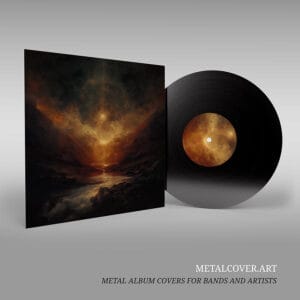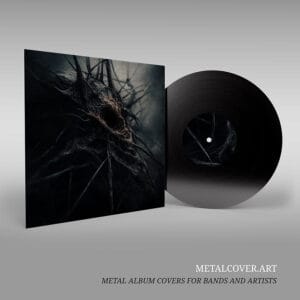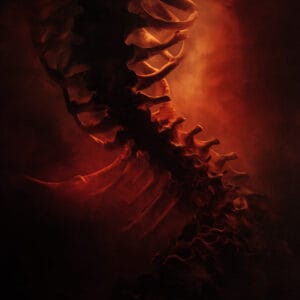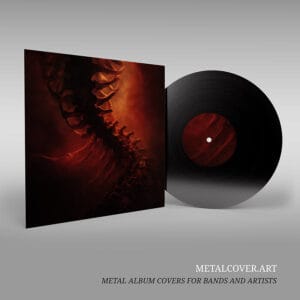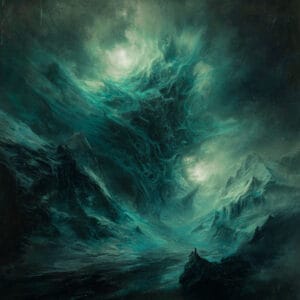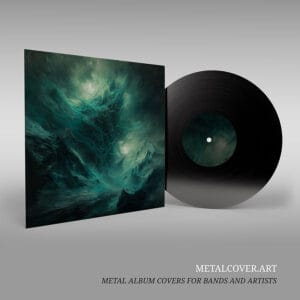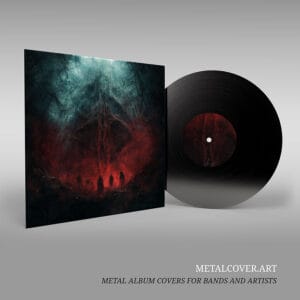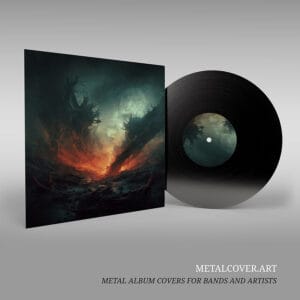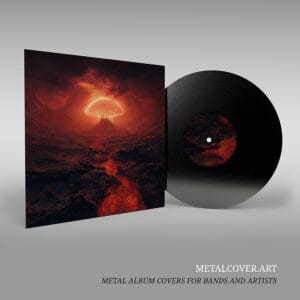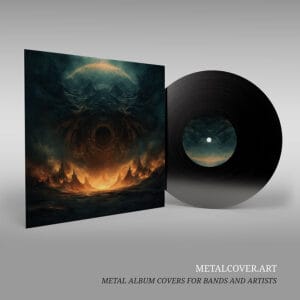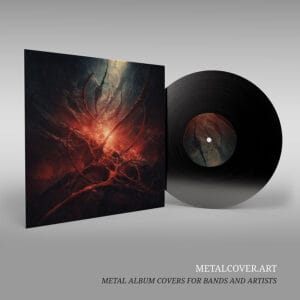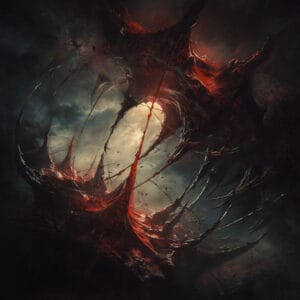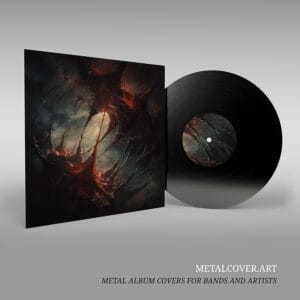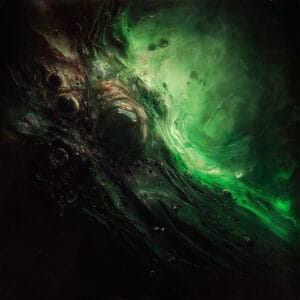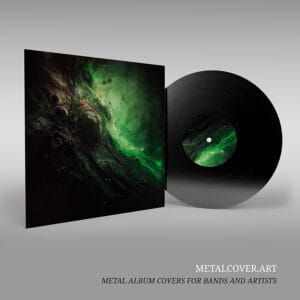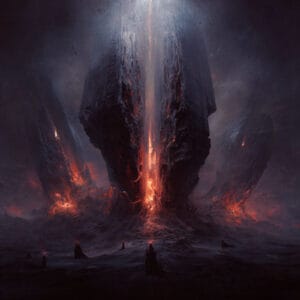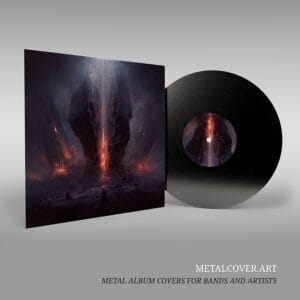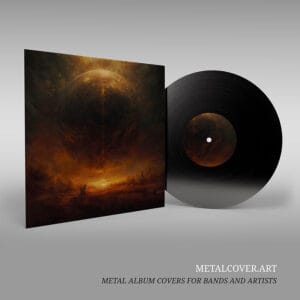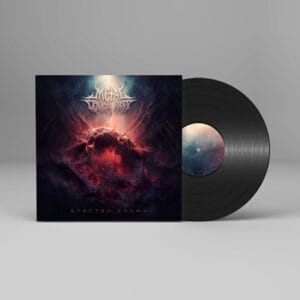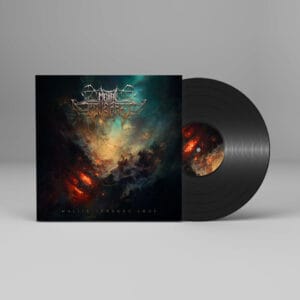First Impressions: The Silent Sound of Your Album
Before a listener ever hears your opening riff, they’ve already met your band—through the cover. Metal album artwork is the handshake, the invitation, and sometimes even the warning of what lies within. On Spotify playlists, Bandcamp feeds, or a rack of vinyl at a record shop, your artwork is the first voice your music has.
For independent musicians, this isn’t just decoration. It’s branding, atmosphere, and storytelling compressed into a single image. The cover sets expectations: it hints at the mood, the subgenre, and the experience the listener is about to have.
And in today’s oversaturated digital landscape—where thousands of new releases fight for attention every week—compelling artwork can be the difference between someone pressing play or scrolling past. It’s your music’s first chance to stand out in the chaos.
Why Artwork is Just as Important as the Music
1. Visual Identity in the Metal Scene
Metal thrives on strong identities. Subgenres like black metal, death metal, doom metal, and thrash each carry visual traditions. Fans can often recognize a style instantly—monochrome minimalism for black metal, grotesque gore for death metal, fantasy landscapes for power or progressive metal.
Without compelling artwork, your album risks blending into the background. A carefully designed cover instantly communicates your sound, attitude, and values before a single note is heard.
Example: When listeners see a cosmic, surreal painting, they expect progressive or atmospheric metal. A raw, black-and-white forest photo immediately signals black metal. Fans rely on these cues to guide their listening choices.
2. Credibility and Professionalism
Poor artwork can make even the best album look amateurish. Listeners judge quality by presentation, and Metal album artwork is part of that package. A well-designed cover shows you care about your craft, giving your music a professional edge.
Example: A band that invests in original art is far more likely to get reviews in magazines, placed on playlists, or noticed by promoters than one that uses a blurry stock photo with messy text slapped on top.
3. Emotional Connection and Storytelling
Metal is about extremes: darkness, chaos, beauty, and transcendence. Artwork has the power to visualize your message. The right cover connects with fans on a deeper level, evoking emotions that complement the listening experience.
Example: An apocalyptic painting of a ruined city can amplify the impact of songs about destruction and despair. A cover featuring cosmic surrealism can prepare the listener for complex, progressive arrangements.
The Marketing Value of Metal Album Artwork
Artwork as a Marketing Tool
Your cover isn’t just for the album. It’s the central image that will appear everywhere—social media posts, press kits, streaming thumbnails, T-shirt designs, posters, and vinyl reissues years later.
By investing in Metal album artwork, you’re investing in a visual brand that extends far beyond the release date.
Streaming Platforms and Clickability
On platforms like Spotify, Apple Music, or YouTube, artwork is often displayed at postage-stamp size. That means clarity, contrast, and bold design are critical. An eye-catching cover can dramatically increase the chances of listeners clicking play.
Tip: Test how your artwork looks when shrunk down to thumbnail size. If it’s unreadable or muddy, it might fail to grab attention online.
Merchandise Potential
Strong artwork also boosts merch sales. Fans love wearing album designs on shirts or collecting posters. Your cover can become a wearable piece of art that spreads your music far beyond streaming services.
Example: Fans often buy shirts and hoodies based solely on cover art, even before they hear a note of music. Artwork that’s visually striking can fuel both fandom and financial success.
Common Mistakes Musicians Make with Artwork
- Overused Clichés – Skulls, fire, and pentagrams are classics, but originality sets you apart.
- Bad Typography – A great painting can be ruined by unreadable or misplaced text.
- Ignoring Subgenre Aesthetics – Doom and black metal covers should not look identical.
- Low Resolution – Pixelated images look unprofessional and harm your reputation.
- DIY Gone Wrong – Unless you have strong design skills, trying to create your own cover can backfire.
Case Studies:
Albums Where Artwork Changed Everything

Obituary – Cause of Death (1990)
Dan Seagrave’s nightmarish forest scene with a monstrous eyeball emerging from twisted roots instantly set Obituary apart. The oppressive, organic imagery reflected their swampy, crushing sound. Today, the cover is regarded as one of death metal’s most iconic.
Immortal – At the Heart of Winter (1999)
Jean-Pascal Fournier’s icy fortress rising from a frozen wasteland is essentially a visual representation of Immortal’s mythic world of Blashyrkh. The epic and detailed painting matched the band’s polished sound at the time, giving Immortal a legendary visual identity.
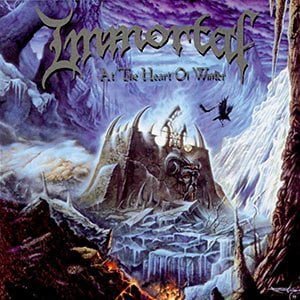
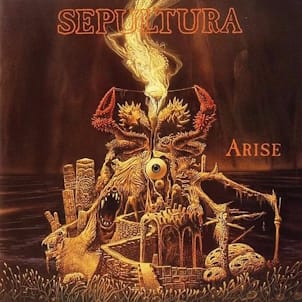
Sepultura – Arise (1991)
Michael Whelan’s surreal, apocalyptic landscape of biomechanical horror perfectly captured Sepultura’s thrash/death hybrid energy. The cover became timeless, reappearing endlessly on shirts and posters. This is a clear case of Metal album artwork doubling as an ongoing marketing tool.
Kreator – Pleasure to Kill (1986)
The blood-drenched warrior surrounded by corpses was a perfect reflection of the record’s intensity. It appealed directly to fans searching for music as violent as the imagery, helping Kreator cement their reputation as Germany’s most extreme thrash band.
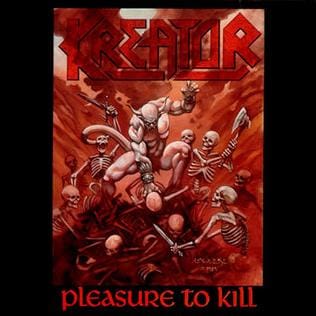
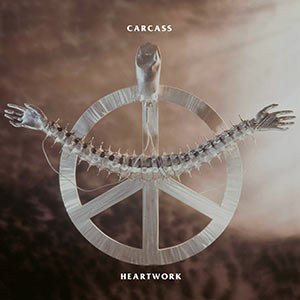
5. Carcass – Heartwork (1993)
H.R. Giger’s biomechanical cross design gave Carcass a futuristic, avant-garde edge just as they shifted toward melodic death metal. Collaborating with a world-famous artist elevated their credibility and permanently redefined their image in the metal world.
Each of these albums proves that Metal album artwork does more than decorate a record. It defines genres, attracts fans, generates controversy, and creates legacies that outlast the music itself.
Final Thoughts: Don’t Underestimate the Cover
For independent musicians, every detail counts. Metal album artwork is not just packaging—it’s a weapon in your arsenal for recognition, storytelling, and marketing. When done right, it elevates your music, builds credibility, and creates a visual legacy that fans will associate with your sound for decades.
So, before releasing your next EP, demo, or full-length album, ask yourself:
- Does this cover truly represent my music?
- Will fans instantly know what kind of experience awaits them?
- Could this artwork become iconic in the long run?
If the answer is no, it’s worth rethinking your visual strategy. Because in metal, as in life, first impressions can last forever.


